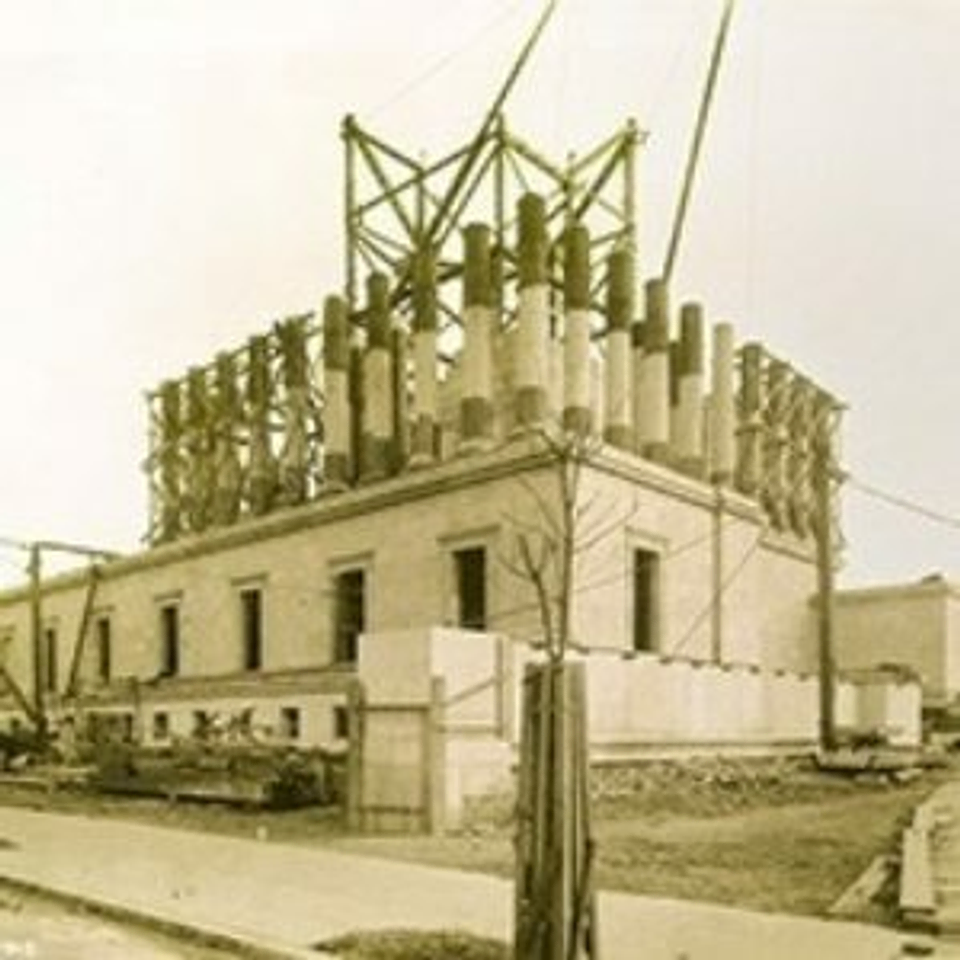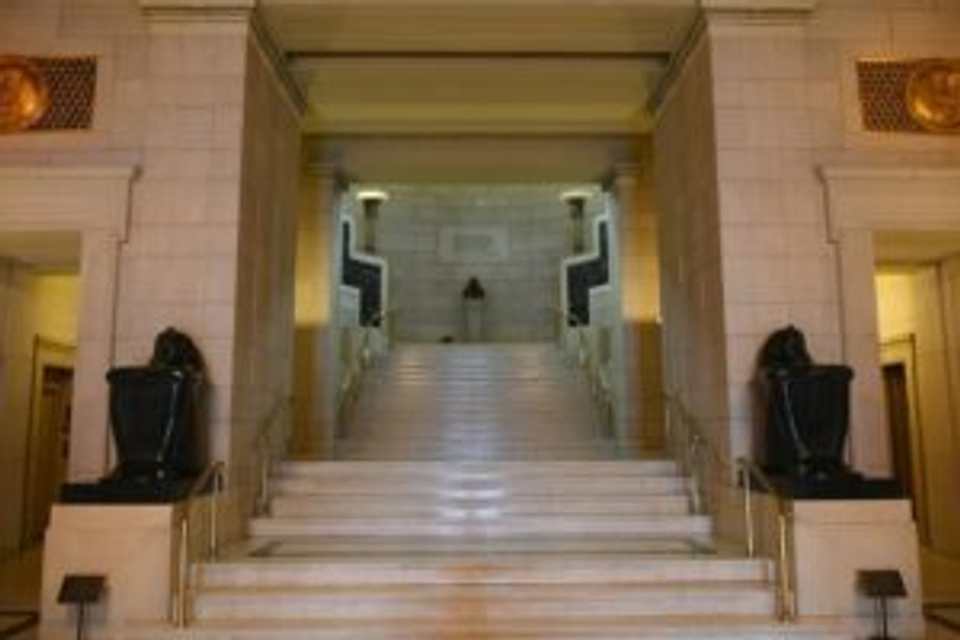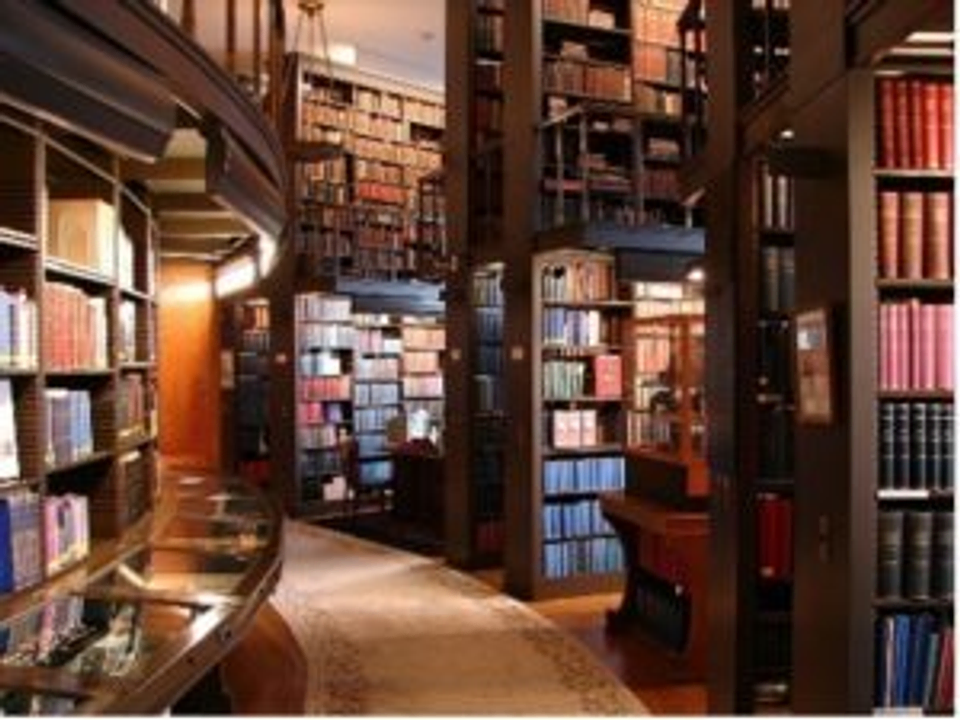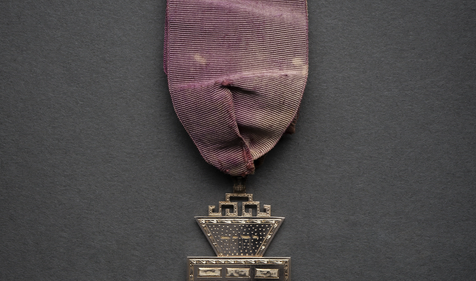The House of the Temple is a Masonic temple in Washington, D.C. that serves as the headquarters of the Scottish Rite of Freemasonry, Southern Jurisdiction.
“The Temple should be built right, so that it could, and would be pointed to, by our brethren here and elsewhere, as the pride of the Mother Council of the Rite and all Scottish Rite Masons in the world. We are building a Temple, a permanent home, in the Great Capital of the Greatest nation of the Earth. I would prefer to be criticized for building a Temple, considered by some, too fine and costly, rather than for a cheap or mediocre building, surrounded as it will be, by the beautiful structures of our Capital. Better not build at all, than only half way build, while we are engaged in the laudable enterprise. (1911 Transactions, p. 125). — Grand Commander James D. Richardson (1911)
From the Masonic Temple in Detroit to Freemasons Hall in Copenhagen, Masonic structures around the world proudly represent our ancient fraternity. For over a century, the House of the Temple in Washington, D.C. has been one of the most awe-inspiring monuments to Freemasonry in the United States. Today, this majestic building serves as the headquarters of the Scottish Rite, Southern Jurisdiction. It also houses an extensive library and archives responsible for preserving records that are valuable pieces of Scottish Rite history.
 The Scottish Rite of Freemasonry's House of the Temple in Dupont Circle, Washington, D.C.
The Scottish Rite of Freemasonry's House of the Temple in Dupont Circle, Washington, D.C.
Breaking Ground
In October 1909, the Supreme Council of the Scottish Rite, Southern Jurisdiction passed a resolution to enlarge or extend the existing House of the Temple in Washington, D.C., or to erect a new one. With a grand vision for the Scottish Rite headquarters, Grand Commander James D. Richardson sought to erect a magnificent new building that would inspire Scottish Rite Freemasons everywhere.
The search for designs began immediately and the winning submission was awarded to American architect John Russell Pope. Pope’s firm is now famous for designing several prominent public buildings in Washington, D.C., including the National Archives and Records Administration building, the Jefferson Memorial, and the West Building of the National Gallery of Art. At the time, however, Pope was an ambitious young architect attempting to make a name for himself. Pope's design for the new Temple was based on one of the Seven Wonders of the Ancient World: The Tomb of Mausolus at Halicarnassus, Turkey.
 The House of the Temple during construction.
The House of the Temple during construction.
On April 16, 1910, the Scottish Rite officially hired Pope to make "the new Temple as magnificent as art and money can make it." The groundbreaking for the new House of the Temple was scheduled to occur in the following spring on May 31, 1911 (the 110th anniversary of the Supreme Council’s founding). The ceremony for laying the cornerstone was held later that year on October 18th and used the same Bible, candlesticks, trowel, and gavel used by Freemason and President George Washington when he laid the cornerstone of the U.S. Capitol in 1793.
There is little debate that Pope successfully achieved the Grand Commander’s vison of building a spectacular Masonic temple. Sadly, Grand Commander Richardson passed away on July 24, 1914, before he could see the new House of the Temple completed. Construction on the building finished over a year after his death, in October 1915. Richardson’s successor, Grand Commander, George F. Moore, led the dedication ceremony opening the Supreme Council’s new headquarters.
A Structure of Great Renown
When visiting the House of the Temple, it is easy to be overwhelmed by the beauty of such an artistic and architectural accomplishment. Pope’s peers seemed to agree; in January 1916, the London Architectural Review wrote "this monumental composition may surely be said to have reached the high-water mark of achievement in that newer interpretation of the Classic style with which modern American architecture is closely identified."
Indeed, it was years before praise for the structure simmered down. In 1917, the design received the gold medal from the Architectural League of New York. During the 1920s, the House of the Temple was ranked as one of the three best public buildings in the United States.
Art historian Royal Cortissoz wrote of the building in The Architecture of John Russell Pope, Vol. 2: "I cannot write temperately of the Temple of the Scottish Rite in Washington. I never see it without an uplifting of the heart; it is so vitalized an expression of imaginative power."
Architectural Significance
The House of the Temple is an essential part of Masonic history and not only because it houses one of the two governing bodies of Scottish Rite Freemasonry in the United States. Despite not being a Mason himself, John Russell Pope incorporated Masonic signs, symbols, and ideals into the building’s design, ensuring it would stand as a genuine monument to Scottish Rite Freemasons.
 The House of the Temple’s interior granite stairs.
The House of the Temple’s interior granite stairs.
Inside the building, the granite stairs rising from the building’s main entrance are arranged in groups of three, five, seven, and nine, reflecting the sacred numbers of Pythagoras. Additionally, two sphinxes – Wisdom and Power – sit on either side of the main entrance. On the way up to the Temple Room, two black Egyptian marble statues are inscribed with hieroglyphics that precede the name of a god or a sacred place flank the ceremonial staircase.
 The House of the Temple’s interior windows.
The House of the Temple’s interior windows.
Inside the Temple room are large windows representing a Freemason’s progressive search for more light. In the center of these windows sits the double-headed eagle, the symbol of the Scottish Rite. Outside, there are 33 columns lining the Temple's facades, each standing 33 feet tall to the Scottish Rite’s famous 33rd degree.
Additionally, the remains of former Sovereign Grand Commander Albert Pike were moved from Oak Hill Cemetery in Georgetown to the House of the Temple in 1944. He is best known as the author of Morals and Dogma of the Ancient and Accepted Scottish Rite of Freemasonry, a book that describes in detail the 33 degrees of Scottish Rite Freemasonry, the stories and teachings associated with each rank, the rituals connected to each rank, and other lodge proceedings. Past Grand Commander John Henry Cowles was also entombed in the temple in 1952, after his 31-year reign as Grand Commander.
Library and Archives
Many of the Scottish Rite, Southern Jurisdiction’s earliest records were lost not long after it was founded through a combination of disasters. Albert Pike famously emphasized the importance of cataloguing and preserving Masonic artifacts and documents, instilling a tradition of archiving still practiced in the modern Scottish Rite.
 The library within the House of the Temple.
The library within the House of the Temple.
Today, the headquarters of the Scottish Rite of Freemasonry for the Southern Jurisdiction, the House of the Temple includes office and functional spaces and archives, a library, and museum space. The library, which is the oldest library in Washington, D.C., is open to the public, as is the museum, which displays a variety of Masonic artifacts. It is also home to one of the largest collections of materials related to Scottish poet and Freemason Robert Burns.
The archives, which is broken into two areas, include some of the Scottish Rite's most precious books and artifacts, including original documents dealing with the fraternity’s founding, rituals, and current domestic and international affairs. The first storage area is the General Archives, which maintains the records of Active Members and Deputies, and is responsible for housing approximately two million items in archival cases and fireproof file drawers.
The other storage area is the Archives Vault, which preserves the most valuable manuscripts and books, including the Scottish Rite ritual collection, as well as those of foreign jurisdictions, and manuscript copies of books, both published and unpublished. The items in the archives are part of a valuable, delicate collection of records, with some dating back to the 1800s. Because of their condition and, in certain cases, confidential nature, visitors are not eligible to view them. Specific requests for archival information from legitimate Masonic and historic scholars and researchers are managed on an individual basis.
The House of the Temple was one of the first buildings in the city to earn an individual listing in the D.C. Inventory of Historic Sites. As part of the 16th Street Historic District, the Temple was listed in the D.C. Inventory of Historic Sites on November 8, 1964, and in the National Register of Historic Places on August 25, 1978.
In the most recent edition of the “Guide to the Architecture of Washington DC,” the description, in part, reads, "an awe-inspiring temple in the midst of a quiet enclave." Most recently, in his book, “John Russell Pope: Architect of Empire”, Steven Bedford calls it "one of America's greatest architectural achievements."
Since it first opened in 1915, the House of the Temple has been open to the public for guided tours. Visitors interested in experiencing this monument to Masonic history and American architecture can receive a free, guided tour during weekdays. You can learn more about visiting The House of the Temple here: Planning Your Visit.
Related Stories
Discover additional Scottish Rite blogs and news on this topic.
-
The Freemason Who Created Dracula: The Story of Bram Stoker
History
Read More about The Freemason Who Created Dracula: The Story of Bram Stoker
-
A Funny Remembrance: The Life of Illustrious Brother Red Skelton, 33°
History
Read More about A Funny Remembrance: The Life of Illustrious Brother Red Skelton, 33°
-
A Past Grand High Priest Jewel Made for Albert Gallatin Mackey
History
Read More about A Past Grand High Priest Jewel Made for Albert Gallatin Mackey



